
Dror Malka
Senior Lecturer, Holon Institute of Technology (HIT), Israel
Presenter Local Time: 2:45 PM - 3:15 PM
AI-Enhanced Design of a Compact Four-Channel Silicon Nitride MMI WDM Multiplexer for Energy-Efficient O-Band Data Transmission
Home/Programs

Dror Malka
Senior Lecturer, Holon Institute of Technology (HIT), Israel
Presenter Local Time: 2:45 PM - 3:15 PM
AI-Enhanced Design of a Compact Four-Channel Silicon Nitride MMI WDM Multiplexer for Energy-Efficient O-Band Data Transmission
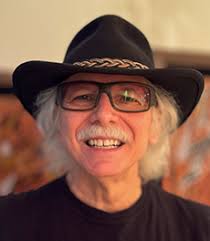
Rick Trebino
Professor, Georgia Institute of Technology, USA
Presenter Local Time: 8:15 AM - 9:15 AM
Overview of Pulse Measurement
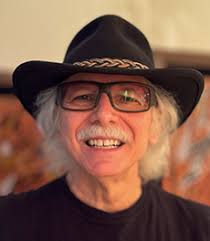
Rick Trebino
Professor, Georgia Institute of Technology, USA
Presenter Local Time: 9:15 AM - 9:45 AM
Re-inventing the Lecture—Physics Education Innovation

Tom Chittenden
Professor, Chief Scientific Officer, BullFrog AI, USA
Presenter Local Time: 10:05 AM - 10:35 AM
Causal AI for Drug Development and Repositioning

Nardev Ramanathan
Associate research director, Lux Research, Singapore
Presenter Local Time: 04:00 PM - 04:25 PM
Opportunities in digital biomarkers

Vladimir G. Chigrinov
Emeritus Professor, Hong Kong University of Science and Technology, Hong Kong
Presenter Local Time: 4:50 PM - 5:15 PM
Azodye photoaligned nanolayers: new liquid crystal technology
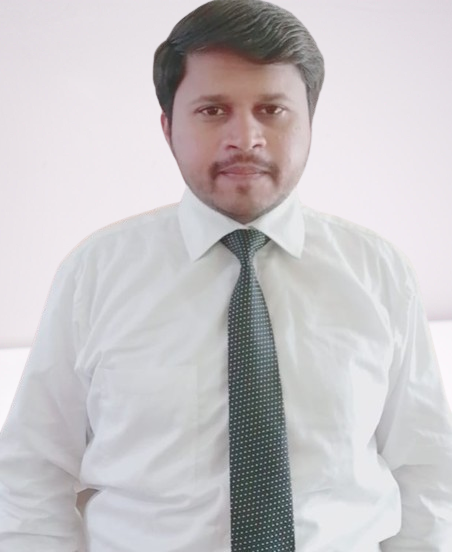
Haroon Asghar
Assistant Professor, National Centre for Physics, Pakistan
Presenter Local Time: 01:25 PM - 01:50 PM
Recent advances in optimum stable pulsed fiber lasers
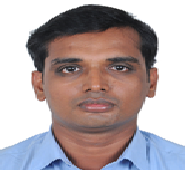
Thiyagarajan Raman
Professor, Department of Physics, Indian Institute of Technology Madras, india
Presenter Local Time: 3:05 PM - 3:30 PM
Properties of Manganites Under Extreme Conditions of High Pressure, Low Temperature and High Magnetic Field
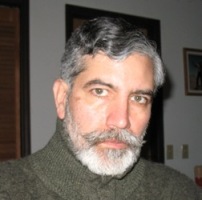
F.J.Duarte
Professor, Interferometric Optics, USA
Presenter Local Time: 11:25 AM - 11:50 AM
Intrinsic coherent quantum emission emitters

Komal Saini
Assistant Professor, Panjab University, India
Presenter Local Time: 8:20 PM - 8:45 PM
Preclinical study of tetrahydrocurcumin loaded lipidic nanoparticles incorporated into tacrolimus ointment: In vitro and in vivo safety study
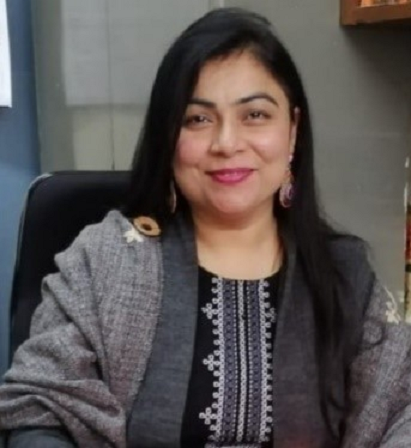
Vandita Kakkar
Assistant Professor, Panjab University, India
Presenter Local Time: 8:45 PM - 9:10 PM
A Novel THC-Tacro Ointment for Atopic Dermatitis: Synergistic Antioxidant and Anti-Inflammatory Effects through Nanoparticle Delivery
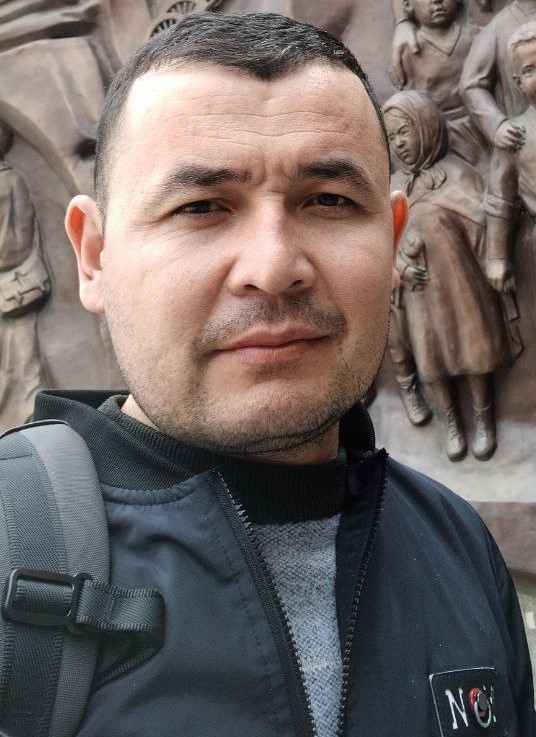
Murodbek E. Vapaev
Lecturer, Department of Technique, Urgench State University, Uzbekistan, Uzbekistan
Presenter Local Time: 3:00 PM - 3:20 PM
Influence of laser and plasma parameters on LIPSS formed on the surface of niobium alloys
Shilpi Agarwal
Professor, JNU, India
Presenter Local Time: 3:30 PM - 3:50 PM
Effect of Light on Postharvest Storage of Leafy Vegetables